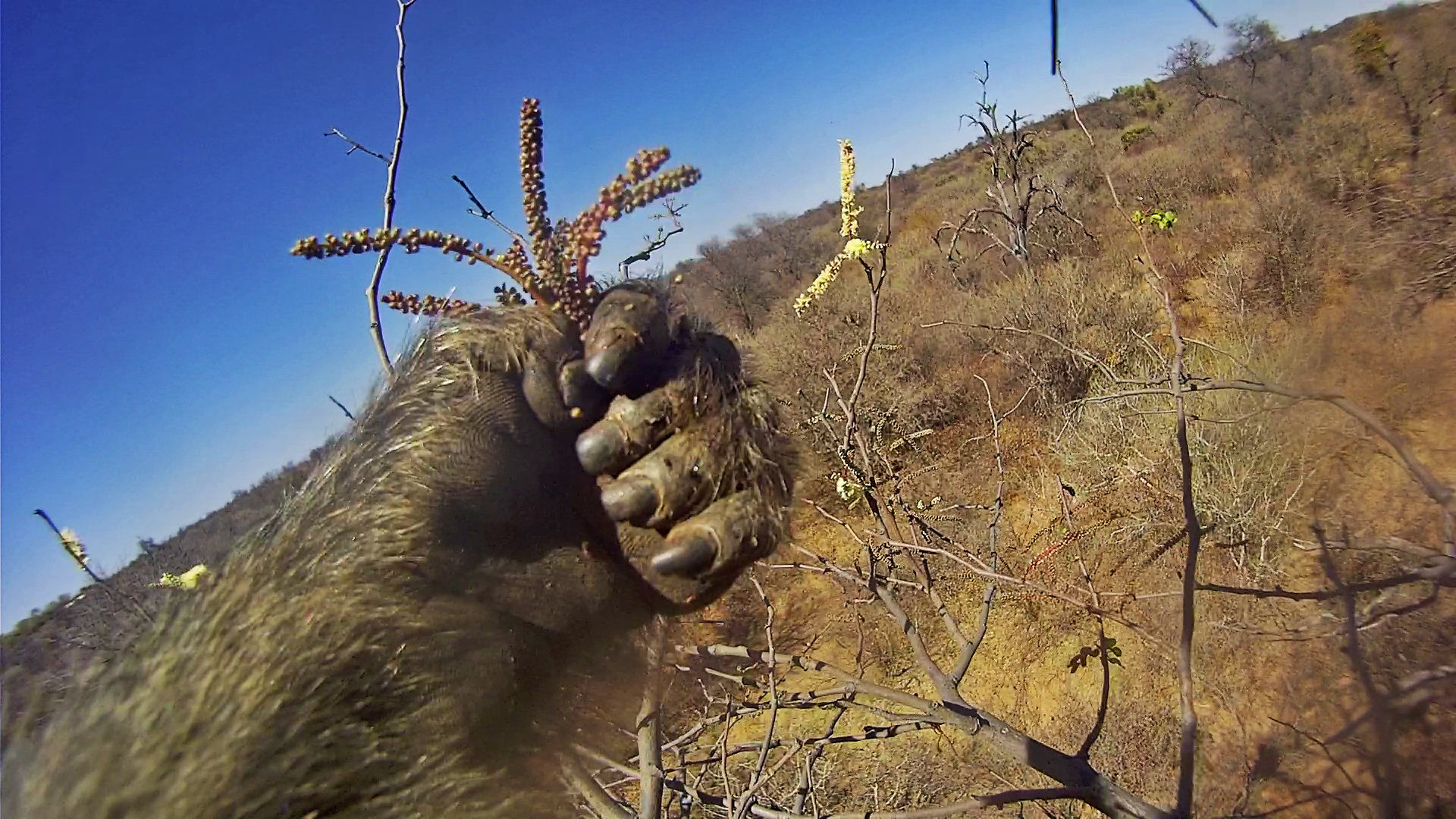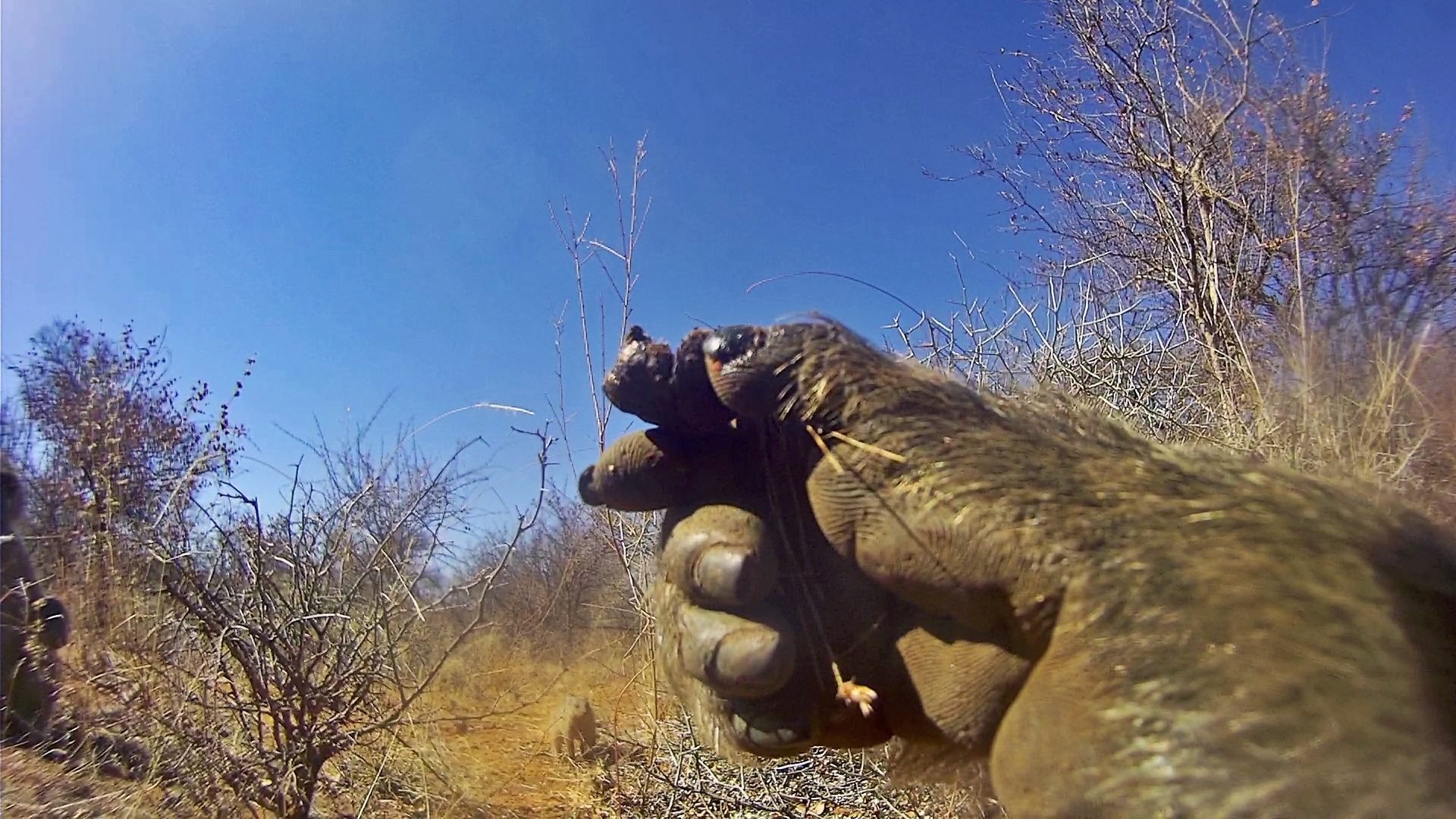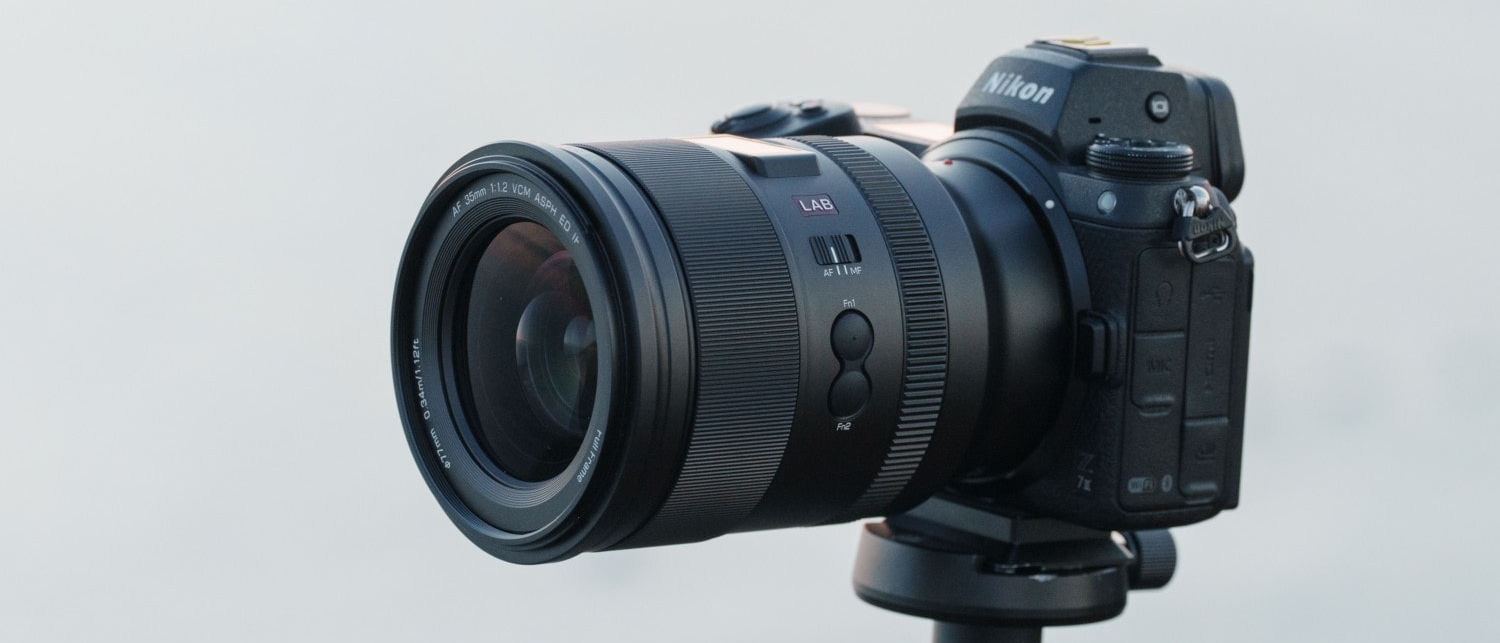Collar cameras on baboons in South Africa reveal their unbelievably disgusting diet
Researchers discovered foraging behavior by the chacma baboons that had previously never been seen

A juicy bug perhaps, or maybe some fruit from the tree canopy would be the favorite snack of the chacma baboons in South Africa? Sadly not, as a study which involved attaching collar cameras to the animals found that the preferred seasonal snack of one of the world’s largest species of monkey is, in fact, antelope dung!
According to the study published in the International Journal of Primatology, by attaching collar cameras to the animals the researchers gained a “primate-eye perspective” of the baboons' lives.
The most significant finding previously unknown to scientists is that in the dry season the baboons feed on the droppings of various different types of antelope.
Ben Walton, co-author of the study and doctoral candidate at the Department of Anthropology at Durham University, UK, said:
“Typically, in primate behavioral research, people tend to habituate primates to human presence. But by being there, you might bias some of the results in the data you collect.
“These cameras take people out of the equation, and you can observe some really detailed aspects of their lives without the effect of human presence.”
While chacma baboons are not yet considered a threatened species, primate populations have seen a dramatic decrease globally. This is due to habitat loss and indiscriminate hunting, and chacma baboons have taken a significant hit in their primary habitats. Similarly, as settlements encroach further on their territories, conflicts with humans have increased.
The best camera deals, reviews, product advice, and unmissable photography news, direct to your inbox!
“They go into farmers’ fields and cause economic losses for them, and then are trapped or shot in response,” Walton said.
A recent study found that camera traps were sorely missing in the conservation areas that needed them them most.
Similarly, rangers and villagers in a remote nature reserve in Tanzania are going through training to utilize camera traps in order to conserve the animals they live alongside.
It was this conflict with humans that the team first set out to document in 2017 for a BBC documentary called Animals With Cameras.
They attached collar cameras to four baboons in South Africa’s Limpopo province, where farmers had reported losing crops to the animals.
However, it was not until years later, after the documentary had aired, that Walton went back through the footage looking for wider insights into the primates behavior.
Discovering that the baboons were “selective in which individual feces were consumed,” inspecting and throwing away pieces they didn’t approve of.
Surprised by the lack of diversity in the baboon’s diets, Walton said:
“One of the reasons they might be feeding on antelope droppings is because there’s not a lot of natural vegetation at that time of the year.It suggests that the dry season might be quite hard for them.”
While the slightly unsavory discovery was a fascinating first, Walton said the main thing he took from the project was just how useful the collar cameras can be in understanding the intimate lives of animals.
He said:
“They could also tell us about social behavior such as interactions between different baboons,” Walton said, “and what’s gaining the primates’ attention, because we are getting a first-person perspective.”
Take a look at our guides to the best cameras for wildlife photography, and the best trail cameras.

After graduating from Cardiff University with an Master's Degree in Journalism, Media and Communications Leonie developed a love of photography after taking a year out to travel around the world.
While visiting countries such as Mongolia, Kazakhstan, Bangladesh and Ukraine with her trusty Nikon, Leonie learned how to capture the beauty of these inspiring places, and her photography has accompanied her various freelance travel features.
As well as travel photography Leonie also has a passion for wildlife photography both in the UK and abroad.

